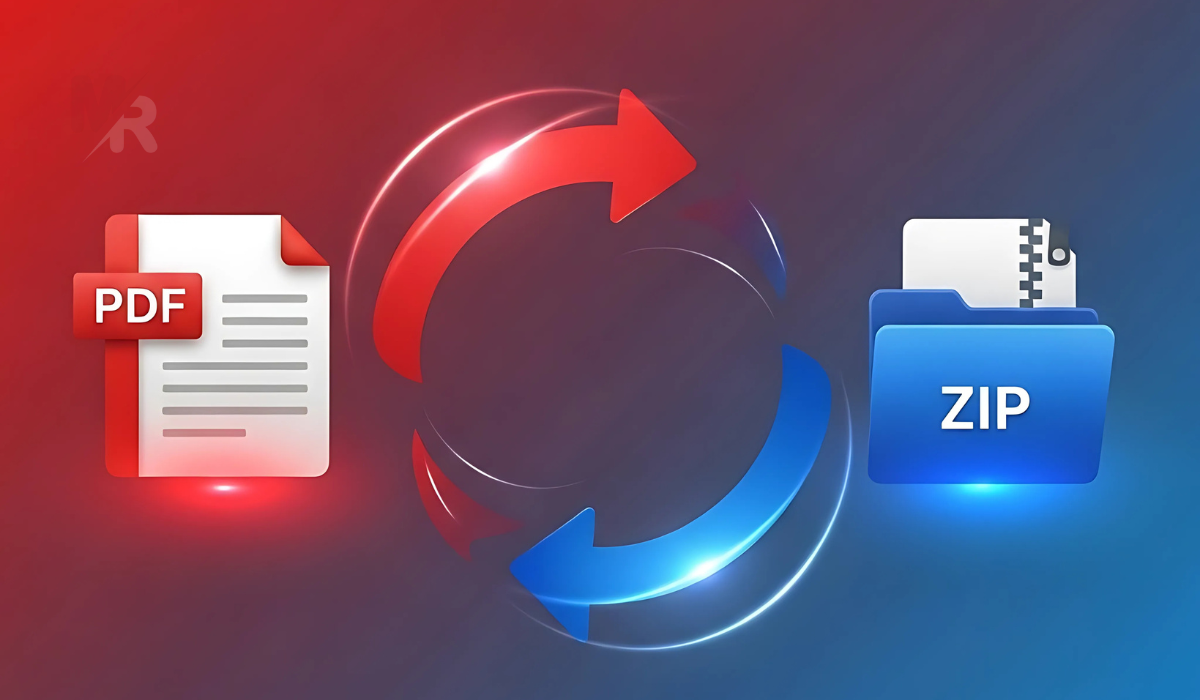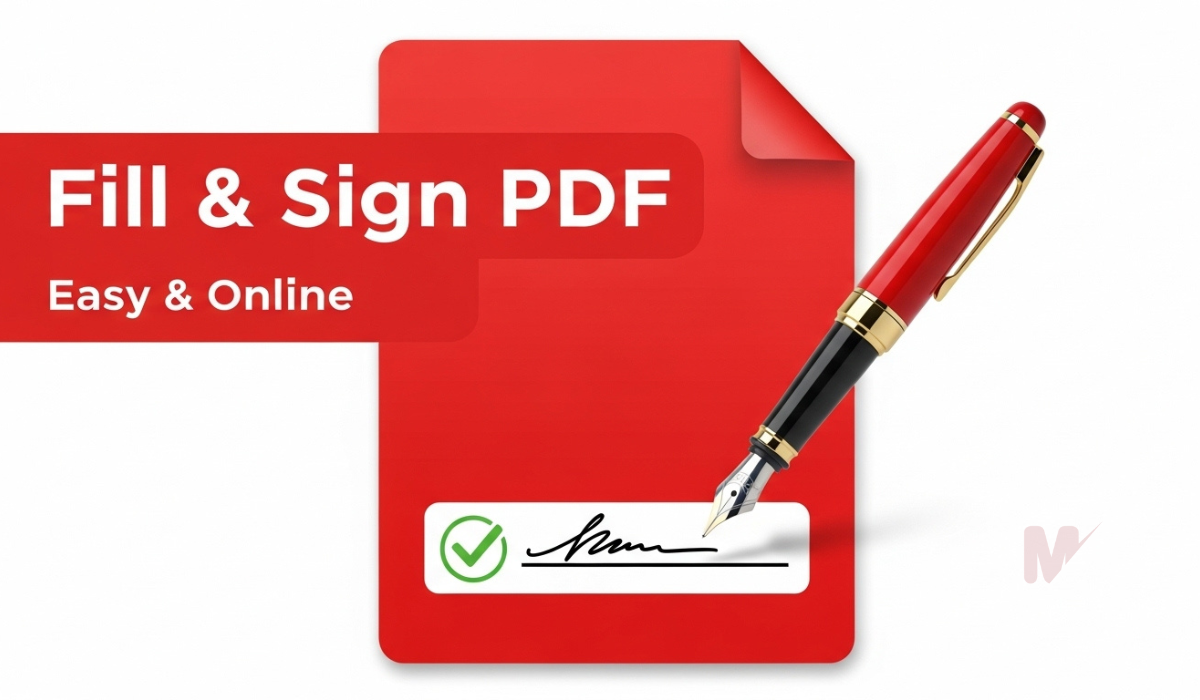How to Use a Profit Calculator: A Complete Guide
In today’s fast-paced business environment, every decision counts. Whether you’re a small business owner, freelancer, or e-commerce seller, understanding your profits is crucial to sustainable growth. That’s where a Profit Calculator becomes your best friend. This tool helps you figure out exactly how much money you make after covering your costs. In this article, you’ll learn how to use a profit calculator effectively and why it’s essential for smart financial planning.
Table of Contents
What Is a Profit Calculator?
A Profit Calculator is an online tool that helps you determine your net profit by subtracting costs and expenses from your revenue. This includes calculating gross profit, net profit, and profit margin percentages. With this tool, you can quickly assess the profitability of a product, service, or entire business operation.
Why Use a Profit Calculator?
Using a Profit Calculator saves time, reduces human error, and provides clear insights into your financial performance. Here’s why this tool is important:
- Quick Calculations: It instantly shows how much profit you’re making.
- Better Decision-Making: You can plan prices, discounts, or promotions based on actual data.
- Financial Clarity: It clarifies how operational changes impact your earnings.
- Accessibility: Most profit calculators are free, online, and easy to use from any device.
Key Components of a Profit Calculator
Before using a Profit Calculator, you need to understand its core components:
- Revenue (or Selling Price): The total amount you earn from selling a product or service.
- Cost Price (or COGS): The cost of producing or acquiring the item.
- Expenses (Optional): These may include shipping, advertising, or transaction fees.
- Profit: The remaining money after deducting all costs and expenses.
How to Use a Profit Calculator: Step-by-Step
Follow these simple steps to use a Profit Calculator effectively:
Step 1: Enter the Revenue or Selling Price
Start by entering how much you’re selling the product or service for. If you sell multiple units, multiply the price by the quantity sold.
Example:
Selling Price per unit = $50
Units Sold = 100
Total Revenue = $50 × 100 = $5,000
Step 2: Enter the Cost Price
Input how much it costs to produce or purchase the item. This is your Cost of Goods Sold (COGS).
Example:
Cost per unit = $30
Total COGS = $30 × 100 = $3,000
Step 3: Add Any Additional Expenses
Some profit calculators allow you to enter expenses like shipping, ads, or packaging. Include these if they apply.
Example:
Additional Expenses = $500
Step 4: Calculate the Profit
Click on the “Calculate” button. The Profit Calculator subtracts your cost and expenses from your revenue to show:
- Gross Profit = Revenue − COGS
- Net Profit = Revenue − COGS − Expenses
- Profit Margin (%) = (Profit ÷ Revenue) × 100
Example Result:
Gross Profit = $5,000 − $3,000 = $2,000
Net Profit = $5,000 − $3,000 − $500 = $1,500
Profit Margin = ($1,500 ÷ $5,000) × 100 = 30%
Features to Look for in a Good Profit Calculator
A high-quality Profit Calculator should include:
- A clean and responsive interface
- Multiple input fields for accurate customization
- Automatic percentage margin calculations
- Export or print options for reports
- Support for multiple currencies
Who Can Benefit from a Profit Calculator?
Virtually anyone handling money or selling products can benefit:
- E-commerce Sellers: Estimate profit margins before listing products.
- Small Business Owners: Track day-to-day profitability.
- Freelancers: Calculate real earnings after platform fees and expenses.
- Investors: Analyze profit margins of different business models.
Real-World Use Cases
Example 1: E-commerce Seller on Shopify
You sell a handmade product on Shopify for $80. It costs you $40 to make, and your platform charges $5 in transaction fees. Using a Profit Calculator, you find your net profit is $35 per unit and your profit margin is 43.75%.
Example 2: Restaurant Owner
You sell a dish for $15. Ingredients and labor cost $8, and you spend $2 on marketing. With the Profit Calculator, you learn your net profit is $5, and your margin is 33.3%.
Tips to Maximize Your Profit Using the Calculator
- Review Regularly: Use the Profit Calculator weekly or monthly to track your progress.
- Include All Costs: Don’t forget hidden expenses like taxes or packaging.
- Compare Scenarios: Try different pricing or cost models to see what yields the best margin.
- Update Frequently: Costs change over time—always input up-to-date figures.
Advantages Over Manual Calculations
Manual profit calculations take time and increase the risk of errors. A Profit Calculator automates everything, making it faster and more reliable. You save time, avoid mistakes, and make more informed decisions.
Use a Profit Calculator on the Go
Many Profit Calculator tools are mobile-friendly or available as apps. You can make on-the-spot decisions while shopping for inventory, setting prices, or consulting with a client.
Conclusion
Understanding your profits is the key to a successful business strategy. A Profit Calculator gives you the power to analyze your earnings, cut unnecessary costs, and increase your profit margin with confidence. Use this tool regularly and accurately to stay financially smart and competitive.








